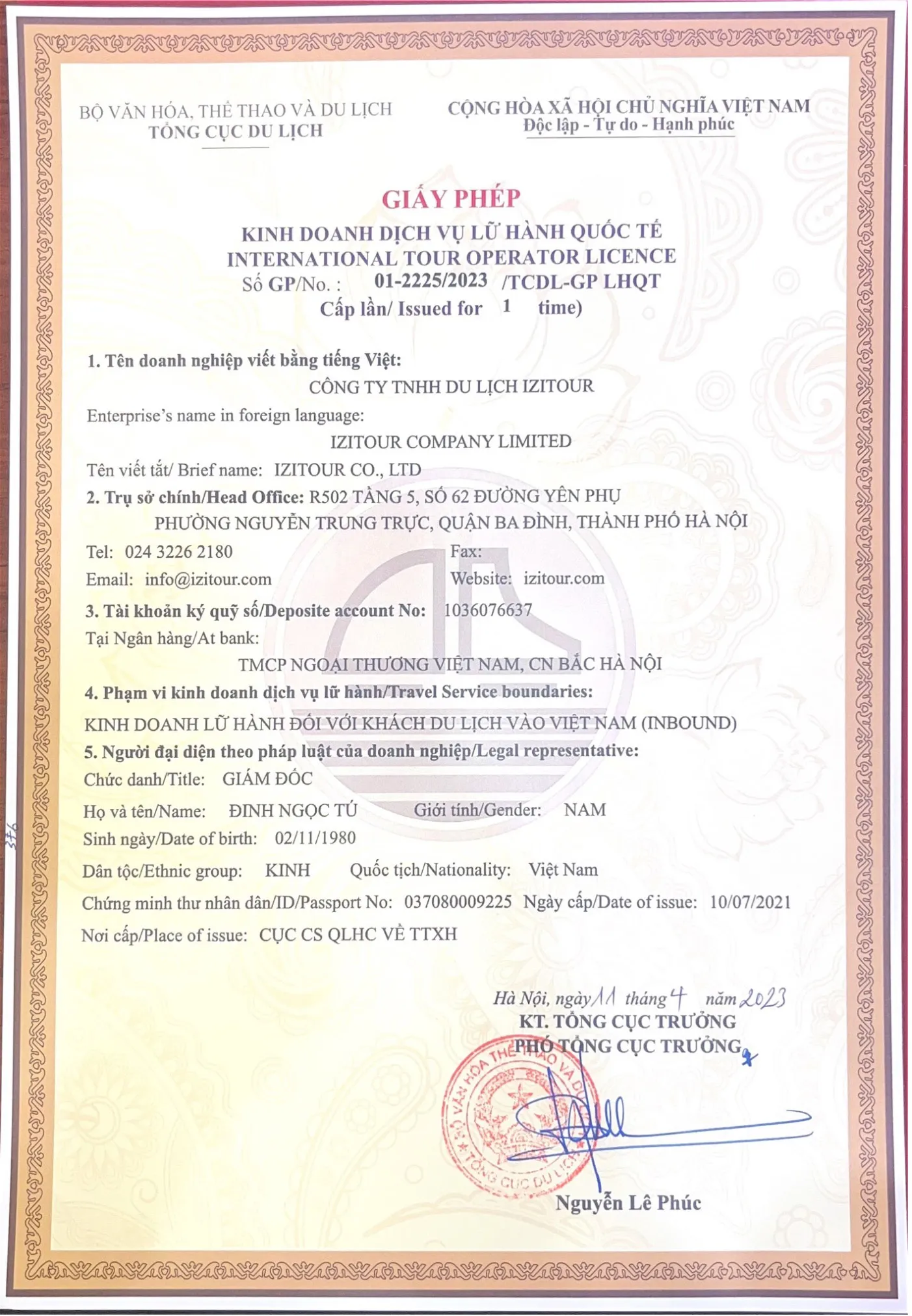Often regarded as a charming land of Southeast Asia, Laos offers a travel experience that feels truly authentic. Its untouched landscapes and serene culture allow you to find peace on a longboat ride down the legendary Mekong River. However, to truly get to the heart of the country, you must experience its vibrant traditions. Discover the real soul of the nation by exploring its lively Laos festivals, which offer a captivating look into the country's rich Buddhist heritage and communal spirit. Find out which festivals are the most important, when they take place, and what unique activities make them an unforgettable part of your trip.
- 1. International New Year's Day
- 2. Boun Pi Mai (Lao New Year)
- 3. Boun Bang Fai (Rocket Festival)
- 4. Lao Women's Union Day
- 5. Boun Visakha Bucha
- 6. Boun Pha Vet
- 7. That Luang Festival in Vientiane
- 8. Boun Khao Phansa (Buddhist Lent)
- 9. Boun Ok Phansa (End of Buddhist Lent)
- 10. Boun Khao Padapdin
- 11. Boun Khao Salak
- 12. Boun That Sikhottabong
- 13. Boun Suang Heua (Boat Racing Festival)
- 14. Lao National Day
1. International New Year's Day
Just like in many other countries, January 1st is a public holiday in Laos. In major cities like Vientiane or Luang Prabang, locals and visitors celebrate the new year with fireworks, concerts, and festive parties. While this holiday is modern and international in inspiration, it complements local traditions and offers a friendly atmosphere, especially in tourist hotels and restaurants.
2. Boun Pi Mai (Lao New Year)
Time: Annually, generally between April 13 and 16
Location: Celebrated throughout Laos
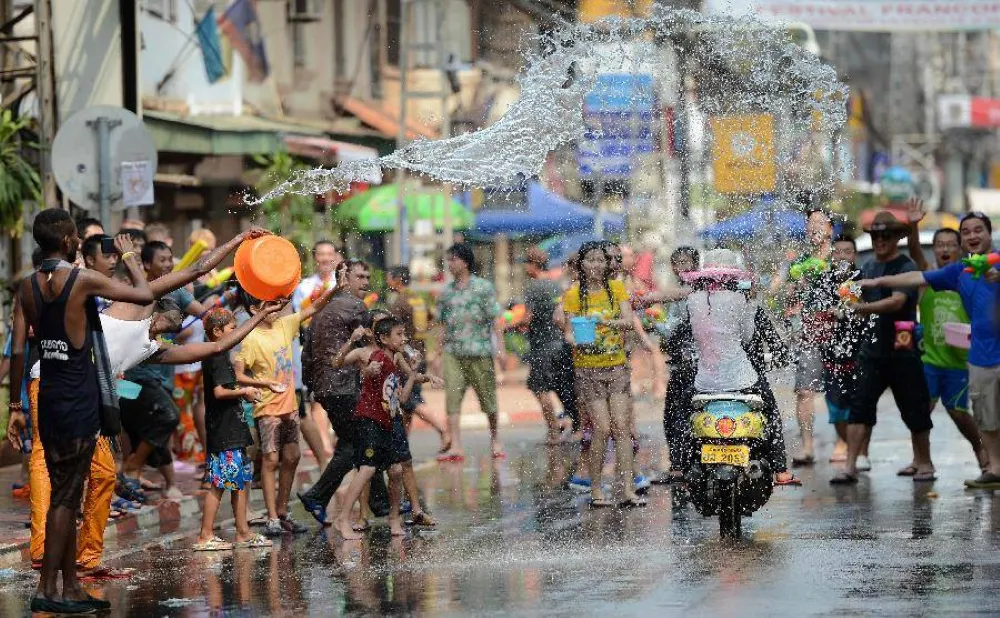
The Lao New Year, called Pi Mai or Boun Songkran, is the country's most important and joyous festival. It takes place every April, the hottest month of the year. Lao people clean their houses, pay tribute to ancestors, and gather in temples for Buddhist ceremonies. The highlight of this festival is the water splashing among participants whether they are friends, family members, or even complete strangers.
Boun Pi Mai lasts for three days:
The first day, which marks the end of the old year, is dedicated to cleaning homes and preparing scented flower water. This water is used to bathe Buddha statues in temples and then to bless loved ones. In the afternoon, villagers gather at the pagoda to pray, listen to monks, and participate in purification rituals by sprinkling water on houses, trees, and animals.
The second day, called the "empty day", symbolizes the transition between the old and the new year.
The third day corresponds to the official welcoming of the New Year. Throughout the country, the streets come alive with processions, traditional dances, and communal games. Locals and visitors splash water on each other, a symbol of luck and happiness. Other spiritual and festive activities are also organized: the procession of the Spring Queen, the building of sand stupas, the release of animals, wrist-tying rituals, and boat races. Together, they create a joyful, colorful, and deeply unifying atmosphere.
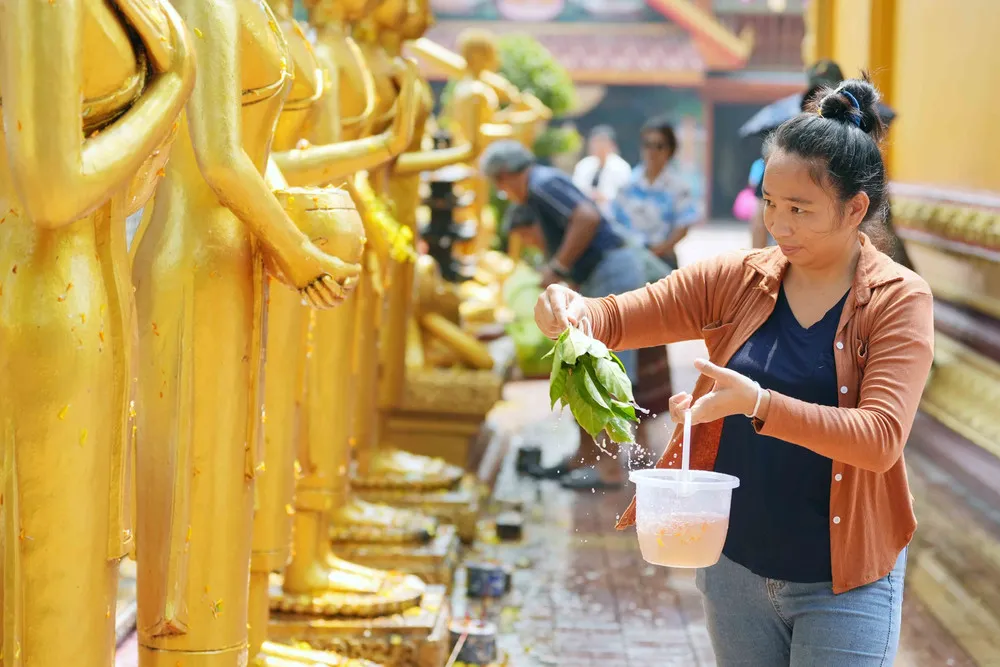
During the Lao New Year, the emblematic dish is Larp, a symbol of prosperity. Prepared with finely chopped raw chicken or beef, it is seasoned with herbs, lime, chili, and, most importantly, roasted ground rice, an essential ingredient that gives it its unique taste.
3. Boun Bang Fai (Rocket Festival)
Time: Annually in May or June, before the rainy season
Location: Celebrated throughout Laos
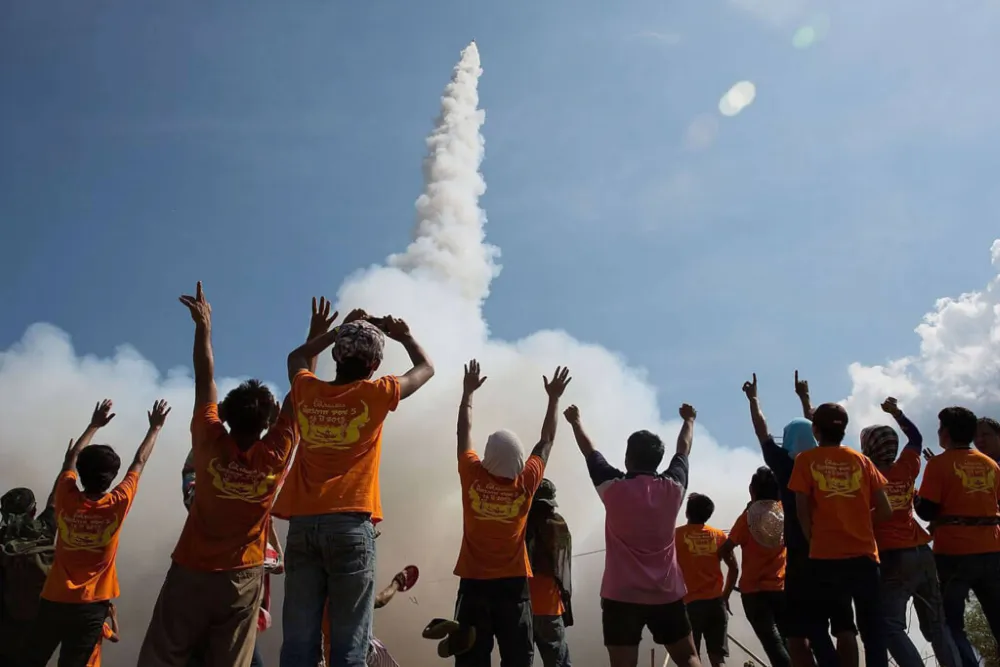
According to an ancient Lao legend, rockets serve to wake up the Rain God. Locals believe that the higher and louder they go, the more abundant the rain will be. Thus, during the Boun Bang Fai festival, gigantic homemade rockets are launched skyward to attract the precious water needed for the rice paddies. Beyond this impressive spectacle, the festival is accompanied by costume parades, folk music, and humorous skits that entertain the crowd. Deeply rooted in propitiatory rites, this celebration is also a major community gathering, blending creativity, friendliness, and shared joy.
4. Lao Women's Union Day
Celebrated annually on July 20, this public holiday honors the essential role of women in Lao society. Official ceremonies, conferences, and cultural activities are organized across the country to promote gender equality and highlight women's contributions to national development.
5. Boun Visakha Bucha
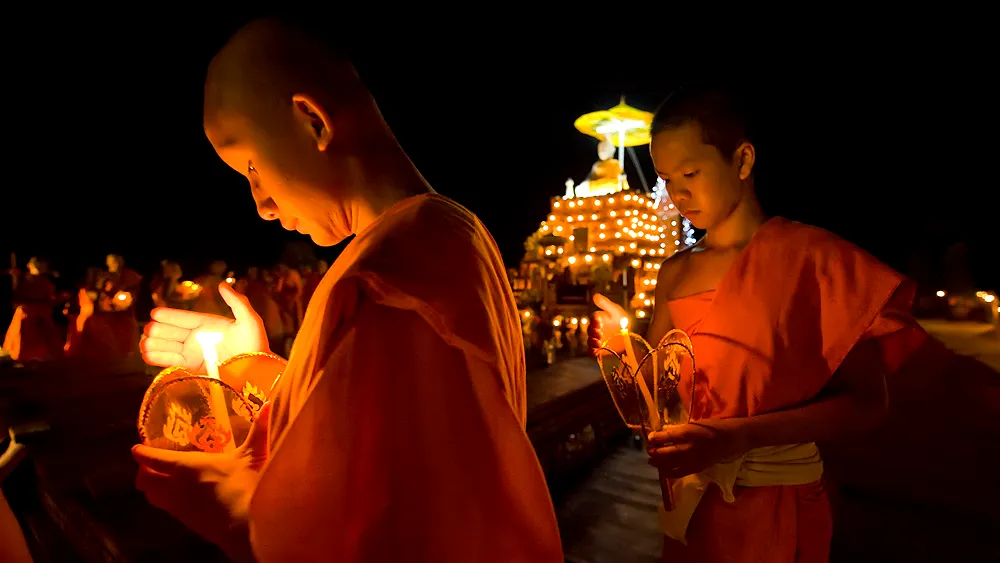
Celebrated on the full moon of the sixth month of the lunar calendar, Boun Visakha Bucha commemorates three essential events in the life of the Buddha: his birth, his enlightenment, and his entry into Nirvana. The faithful flock to temples to offer lotus flowers, meditate, and participate in candlelight processions around the stupas. A day of contemplation and merit-making, it highlights the importance of Buddhism in daily Lao life and offers visitors a serene and contemplative spiritual experience.
Boun Visakha Bucha is celebrated throughout Laos, in every Buddhist temple, from major cities to small villages. Among the most notable celebrations are:
Luang Prabang
Vientiane, the capital, where major temples like Wat Sisaket, Wat Ong Teu, and That Luang attract large crowds
Savannakhet, Champasak, and Khammouane, where local temples become centers for community gatherings and rituals.
6. Boun Pha Vet
Time: In January or February (according to the lunar calendar)
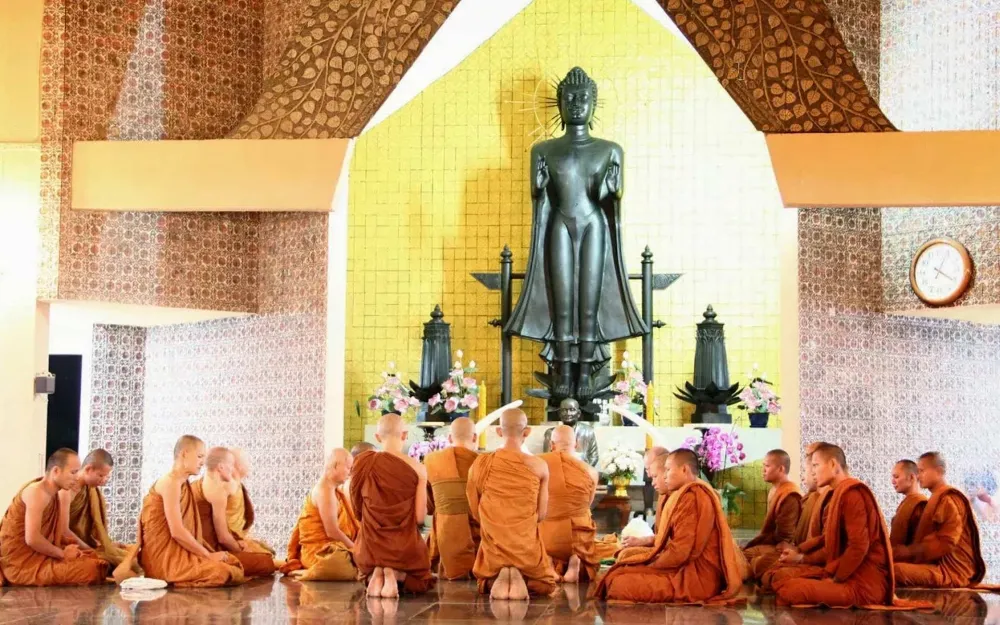
Boun Pha Vet is dedicated to the reading of the story of Prince Vessantara, one of the Jataka (stories of the Buddha's past lives). The festival can last for several days, during which monks recite the entire sacred text. Villagers prepare offerings, and some young men temporarily enter monastic life, a socially valued rite of passage. The celebration highlights the values of generosity, oral transmission, and moral principles conveyed by Theravada Buddhism.
7. That Luang Festival in Vientiane
Time: In November
Location: In the capital, Vientiane
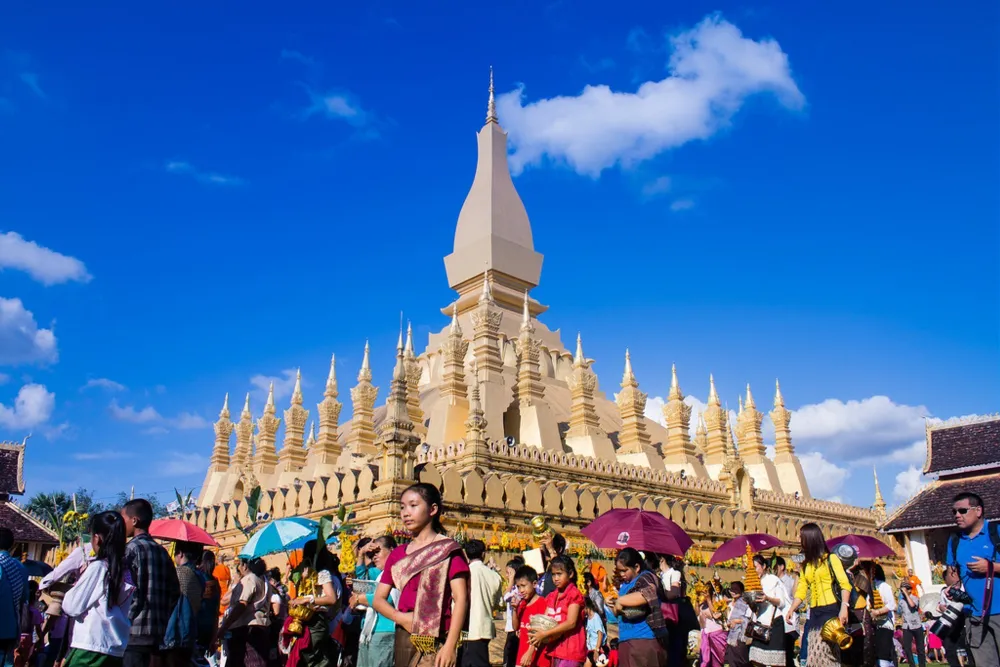
The That Luang Festival, held in November in Vientiane, is one of the most important pilgrimages in Laos. It celebrates That Luang, a great golden stupa considered a national symbol and the spiritual heart of the country.
The festival begins with the procession of "wax castles" (phasat), illuminated with colorful candles, on the evening before at Wat Simeuang. Participants walk around the sanctuary three times to honor the Vientiane city pillar. The following afternoon, thousands of faithful gather to present their sparkling creations at That Luang. Everyone wears their finest clothes, accompanied by a colorful parade where men and women in traditional costumes dance and play music all the way to the sacred stupa.
8. Boun Khao Phansa (Buddhist Lent)
Time: On the full moon of July each year
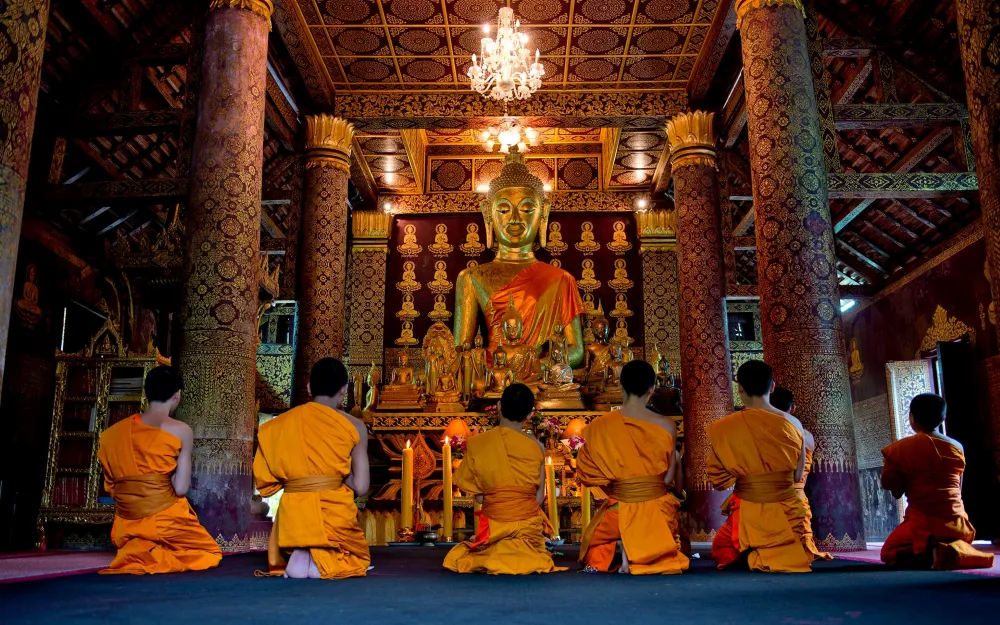
Boun Khao Phansa marks the beginning of the three-month monastic retreat. During this period, monks remain in the monastery to dedicate themselves to study, meditation, and prayer, while the faithful bring them offerings and material support. At dawn, locals gather in temples to offer food, flowers, candles, and incense, symbolizing their respect and desire to accumulate merit. This tradition, deeply rooted in the Lao spiritual life, expresses the strong bond between the community and the sangha, and initiates a time of contemplation and purification.
9. Boun Ok Phansa (End of Buddhist Lent)
Time: Celebrated on the full moon of October
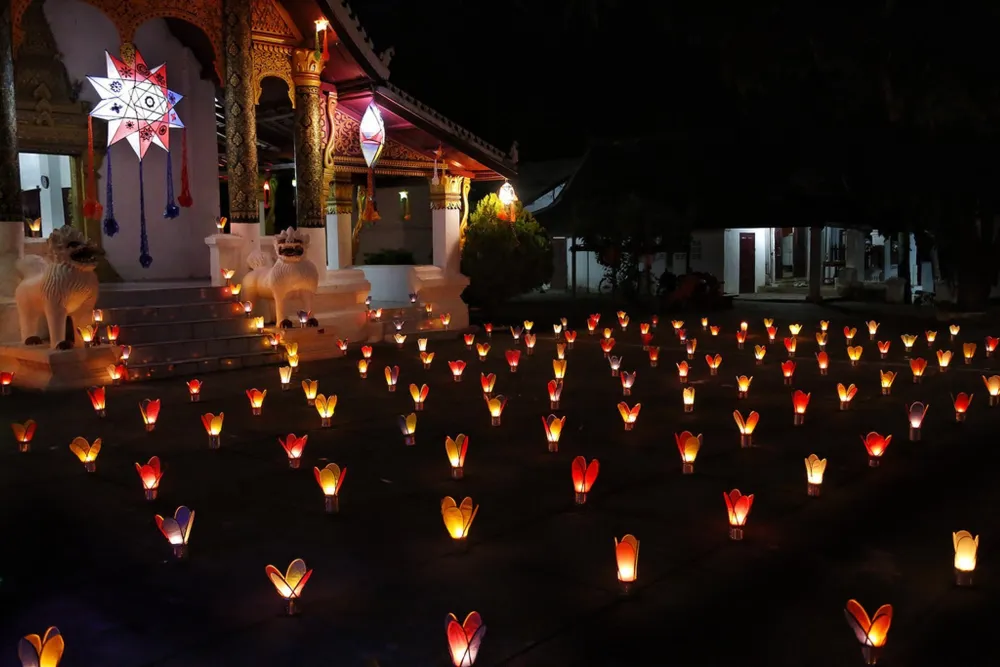
Boun Ok Phansa marks the end of the three-month Buddhist Lent, a period during which monks retreat to their monasteries for prayer and meditation. This festival also commemorates the Buddha's return to earth and symbolizes the resumption of social life for the clergy.
At dawn, the faithful flock to temples throughout Laos to give gifts and offerings to the monks. In the evening, illuminated processions travel through pagodas, while hundreds of small boats decorated with flowers, incense, and candles float on the Mekong River. Families carefully prepare these miniature rafts, sometimes placing food or money on them, before letting them drift into the night. This gesture pays homage to the water deities, especially the Mekong River, considered the "Mother of all things," and symbolically washes away illnesses, bad luck, and hardships.
10. Boun Khao Padapdin
Time: The 15th day of the 9th month of the traditional Lao calendar
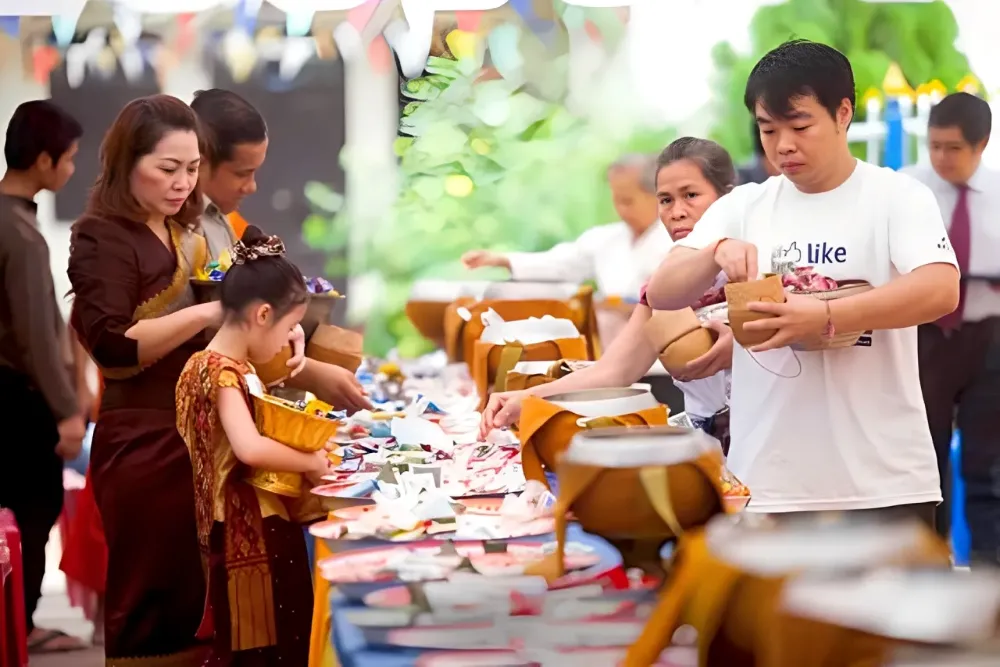
Boun Khao Padapdin is a festival dedicated to the memory of the deceased and the transfer of merit. Families prepare traditional dishes to be offered to monks, who then transfer blessings to the souls of ancestors. Temples fill with incense and flowers in a solemn atmosphere, as popular belief holds that spirits return during this period to receive offerings.
Beyond the spiritual rites, the festival also includes collective prayers and dāna ceremonies, as well as boat races organized in some regions. Both intimate and communal, Boun Khao Padapdin illustrates filial piety and the unbreakable bond that unites the Lao people with their ancestors and their community.
11. Boun Khao Salak
Time: The 15th day of the 10th month of the Buddhist calendar, generally in September or October.
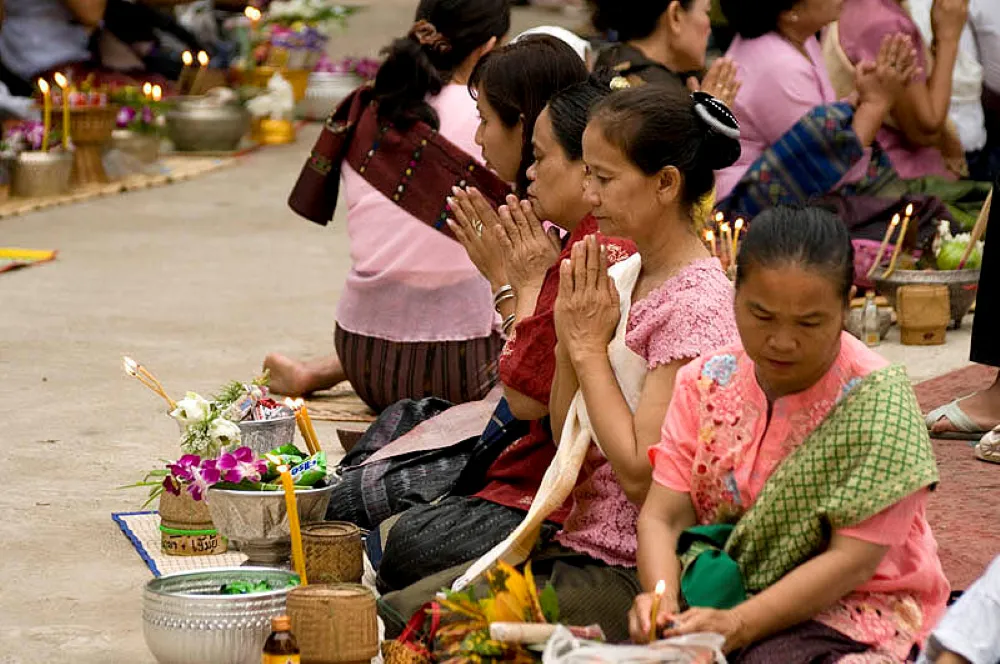
As one of the twelve major traditional festivals of Laos, Boun Khao Salak, also called Boun Hor Khao Yai or the "Festival of Rice Offerings," is a major spiritual ritual expressing filial piety and remembrance of ancestors. The celebration takes place on the 15th day of the 10th month of the Buddhist calendar.
From the 14th day, Lao families begin to carefully prepare offerings: rice, fish, traditional dishes, and fruits, arranged in simple bamboo baskets. At dawn on the 15th day, temples fill with a solemn yet lively atmosphere. The faithful bring their baskets to the monks and novices, then perform the silent water-pouring ritual to transfer merit to the souls of ancestors and wandering spirits, wishing them rest and deliverance.
12. Boun That Sikhottabong
Time: Annually, on the full moon of the second lunar month, the festival lasts for several days.
Location: Around the Sikhottabong stupa, in the city of Thakhek, Khammouane province, Laos.
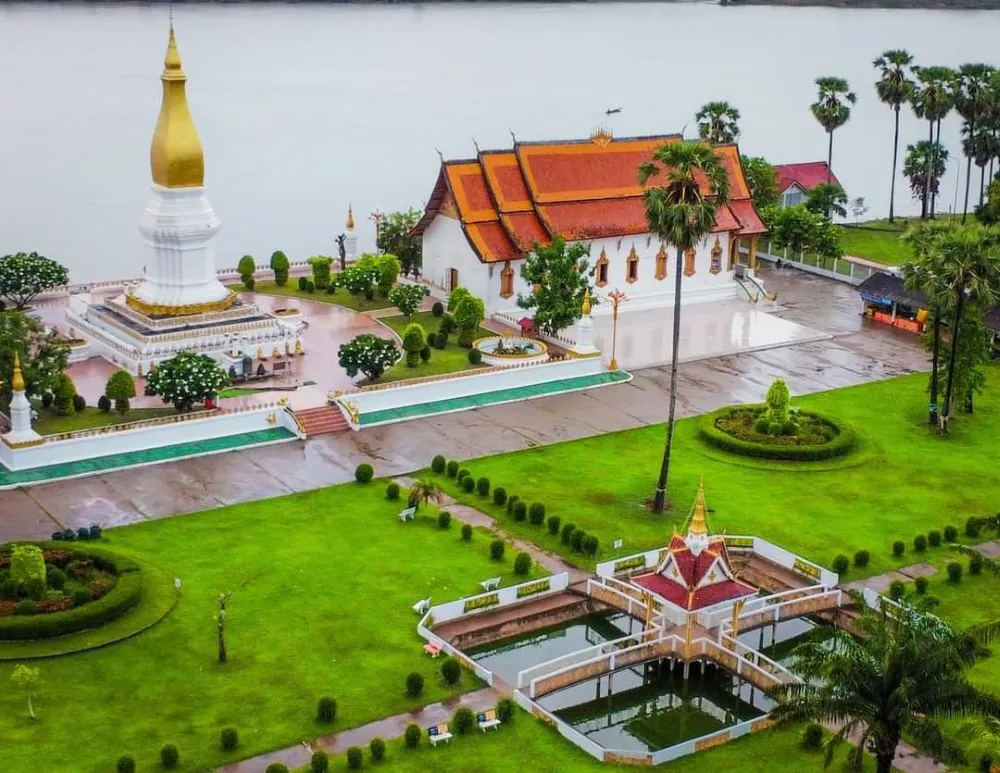
Boun That Sikhottabong festival pays homage to a highly revered stupa and attracts pilgrims from all over the region. Buddhist rituals are complemented by markets, folk shows, and traditional dances, offering a beautiful showcase of provincial culture. The event promotes social cohesion and highlights local crafts, while allowing visitors to observe authentic religious practices.
13. Boun Suang Heua (Boat Racing Festival)
Time: On the day of the full moon of the eleventh month of the Buddhist calendar
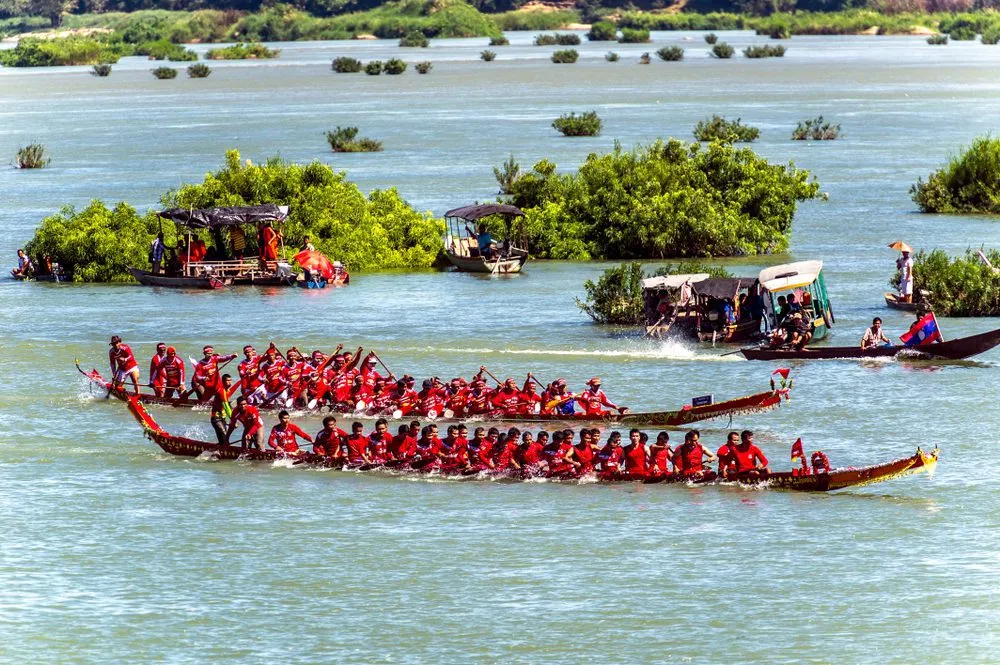
Boun Suang Heua, the boat racing festival, takes place after the rainy season and celebrates the richness of the rivers, especially the Mekong. Long, colorful boats, propelled by crews in traditional costumes, compete in spectacular regattas to the cheers of spectators. Beyond the competition, this Laos' festival pays homage to water resources and creates a festive atmosphere with music, gastronomy, and dances animating the riverbanks. It's an unmissable event for anyone who wants to feel the popular energy of the Lao people.
14. Lao National Day
On December 2, Laos celebrates its National Day, commemorating the proclamation of the Lao People's Democratic Republic in 1975. Parades, political rallies, and cultural events liven up the day, especially in Vientiane, where the atmosphere is both solemn and festive, marked by patriotism and national pride. On this Laos' public holidays, locals have days off, and most government offices, banks, and businesses are closed. Travelers should take this into account when planning their stay.
Exploring the traditional festivals of Laos means immersing yourself in the soul of a people deeply connected to their spiritual and cultural roots. Between Buddhist rituals, colorful celebrations, and moments of shared conviviality, each festival offers travelers a unique experience. Participating in these events is a way to discover Laos differently: with authenticity, emotion, and wonder.
See more:
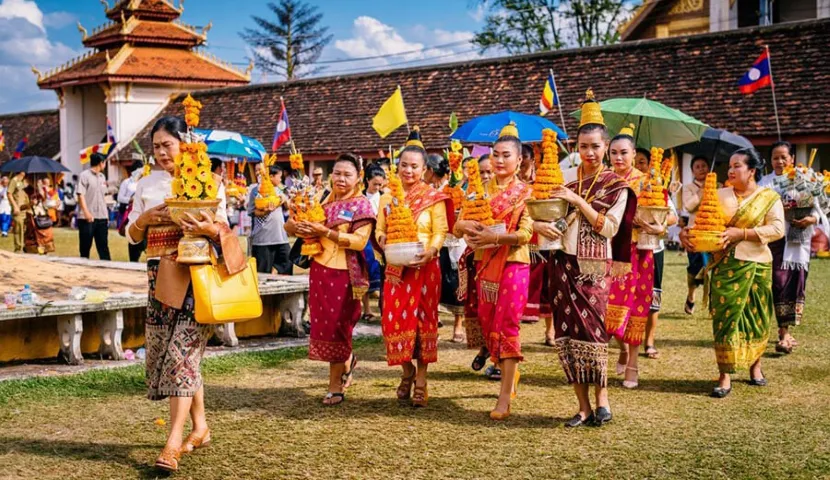






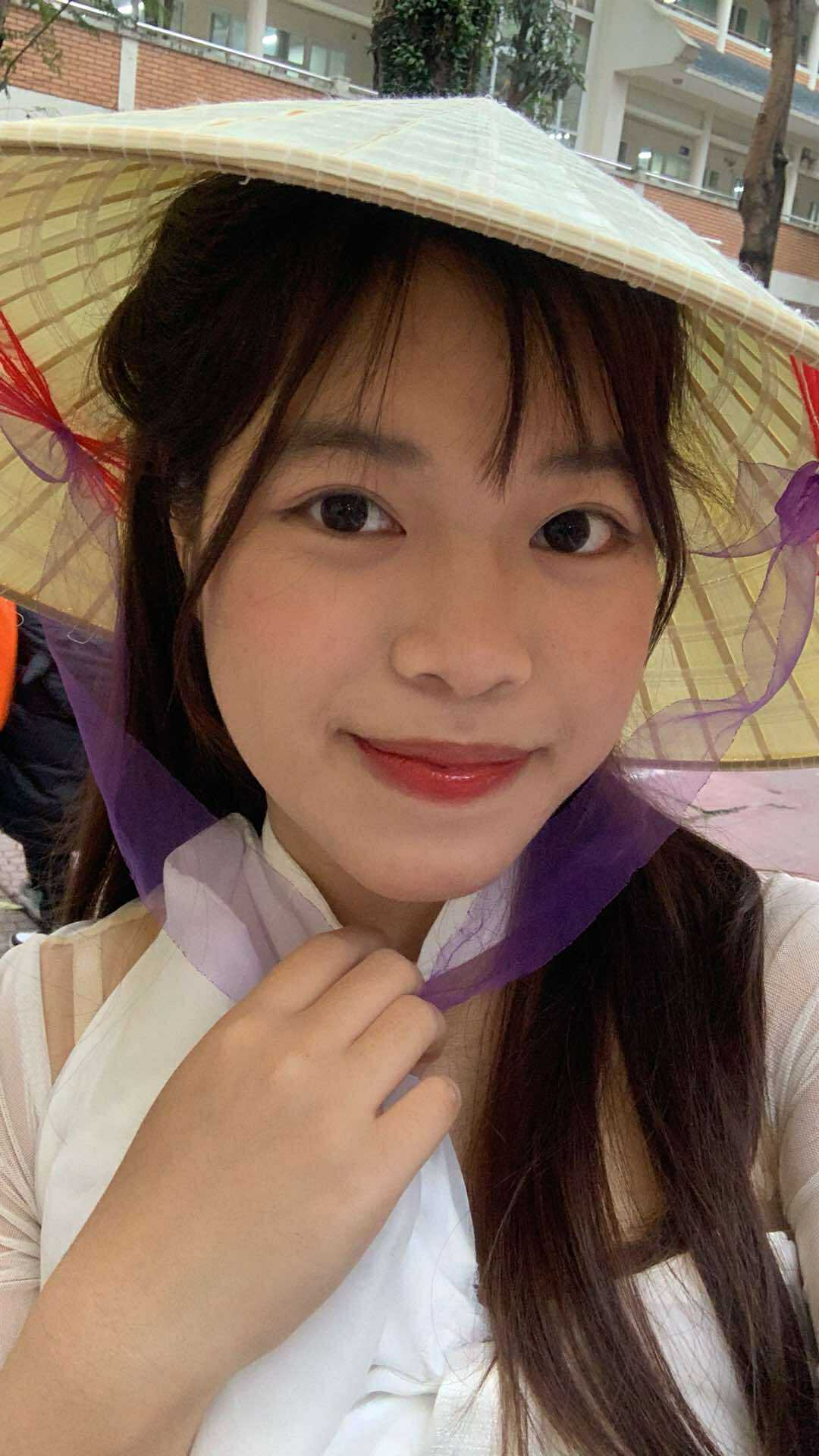
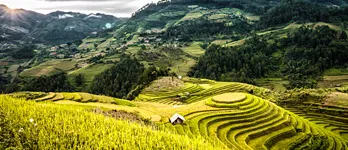
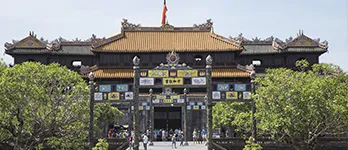
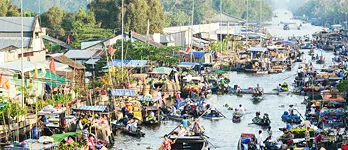

 TRAVELERS' CHOICE 2025
TRAVELERS' CHOICE 2025 